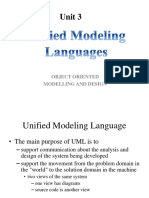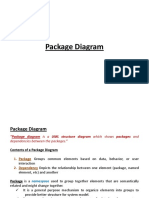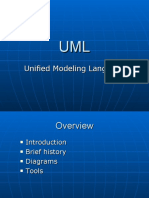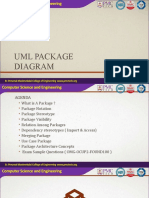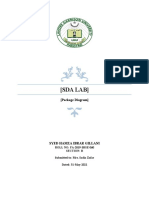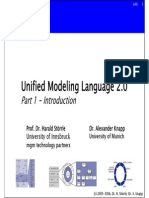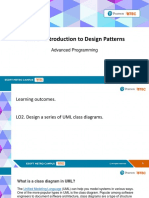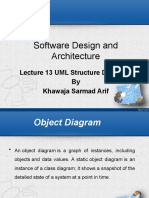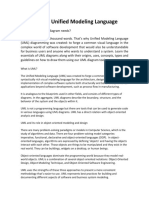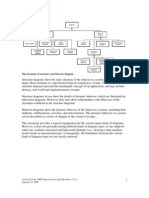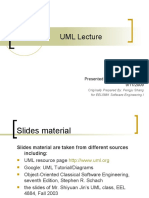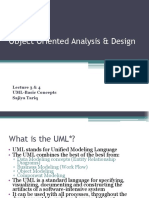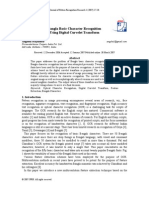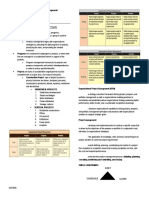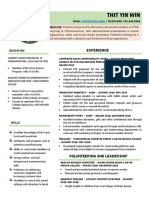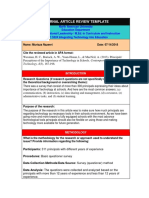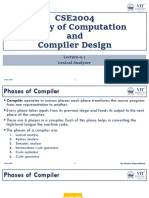0% found this document useful (0 votes)
108 views8 pagesPackage Diagrams: Massimo Felici Room 1402, JCMB, KB 0131 650 5899 Mfelici@inf - Ed.ac - Uk
Package design needs to balance diverse needs Easier to build and test Better tracking and property transparency Working at a stable overview without the noise of low-level details Less conflict between distributed teams Easy refactoring and extension Vulnerable to changes (in other packages) 2004-2006 SEOC - Lecture Note 08 4 Importing and Accessing Packages Creates relationships between classes of the same name merge is a directed relationship
Uploaded by
api-26462544Copyright
© Attribution Non-Commercial (BY-NC)
We take content rights seriously. If you suspect this is your content, claim it here.
Available Formats
Download as PDF, TXT or read online on Scribd
0% found this document useful (0 votes)
108 views8 pagesPackage Diagrams: Massimo Felici Room 1402, JCMB, KB 0131 650 5899 Mfelici@inf - Ed.ac - Uk
Package design needs to balance diverse needs Easier to build and test Better tracking and property transparency Working at a stable overview without the noise of low-level details Less conflict between distributed teams Easy refactoring and extension Vulnerable to changes (in other packages) 2004-2006 SEOC - Lecture Note 08 4 Importing and Accessing Packages Creates relationships between classes of the same name merge is a directed relationship
Uploaded by
api-26462544Copyright
© Attribution Non-Commercial (BY-NC)
We take content rights seriously. If you suspect this is your content, claim it here.
Available Formats
Download as PDF, TXT or read online on Scribd
/ 8
